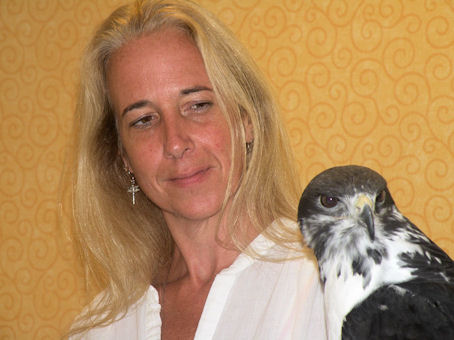“It’s a scientific fact, without a shadow of a doubt!”
Well how many times do you read that and think one of two things; “rock solid truth” or “really?” If you really understand what science is and how its practitioners work you should have answered “really?”
This may surprise some readers given that I am a really strong proponent of using a science based approach to teaching and training both our fellow humans and the animals we share our lives with.
The strength of the scientific method is not that once a fact is proven it is incontrovertible and set in stone forever. It is this “set in stone” perception that I believe has caused many previous supporters of the scientific method to begin to question it. How many remember when scientists announced that eggs and butter were bad for our health only to later reverse that position? If one were in the camp that said scientific facts are set in stone I am sure it would rock (pun intended) one’s faith in science.
What science presents is the best knowledge to date on a particular subject. That knowledge is based upon carefully conducted experiments with methodical collection and analysis of the resultant data.
The scientific method depends upon several crucial points:
- Peer review of the testing process, results collection, and of the methods used to evaluate a hypothesis.
- Repeatability of the experiment by independent researchers.
- Ongoing openness of the participants and scientific community to challenging established “facts.”
The first two point act as a cross-check of not only the premise of the test scenario but also the methodology used to collect and analyze the results. There have been several cases in the popular press that demonstrate these two points in action, e.g. the attempt to link vaccination with autism.
However it is the third point that in my opinion truly drives knowledge forward. If once a theory was established it was set in stone there would be little progress towards new knowledge in the area covered by the theory. The major force for advancement of knowledge is a skeptical reader, someone who when they read a new theory asks themselves “really? Is that really all there is to it?”
It is this last point that I feel should be taught in our schools, all our schools from pre-K onward. In fact I feel so strongly about this being a driving force for our society’s future I believe it should be a prime objective of parents to instill a respectfully questioning mind in all our children.
You may be wondering why this subject popped up on a bird training blog? The fact is that I was inspired to write it while reading a bird related post online today where the writer used the “without a shadow of a doubt” phrase. It is becoming one of two pervasive approaches to information; either because a researcher establishes a position it is set in stone or science is always wrong so discard it. What we need in all aspects of our lives is, not surprisingly, somewhere between the two. What we need is “respectful skepticism.” This will lead to new discoveries and to growth of the human knowledge base.
Keep soaring,
Sid

 avianambassadors
avianambassadors com?subject=8th%20Annual%20Raptor%20Handling%20Class) today for your registration form or call (505) 349 5714. We look forward to hearing from you!
com?subject=8th%20Annual%20Raptor%20Handling%20Class) today for your registration form or call (505) 349 5714. We look forward to hearing from you!



